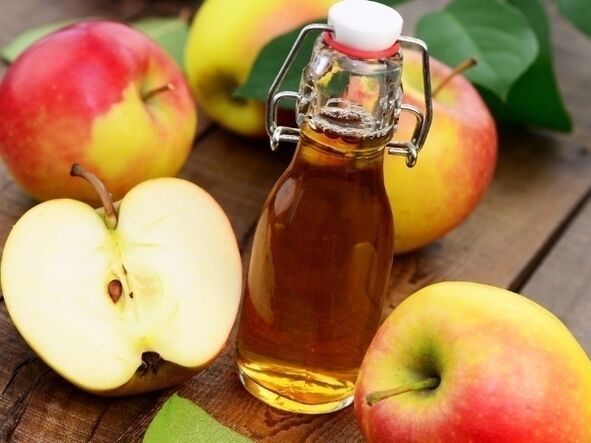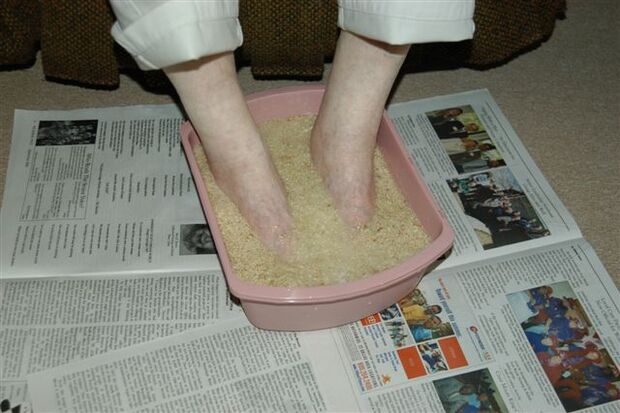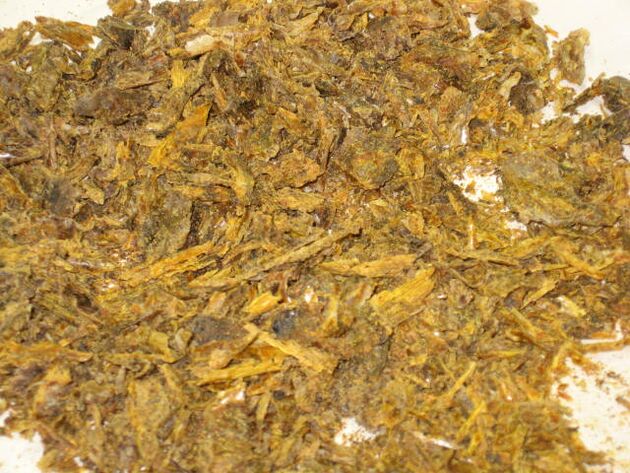Nowadays, treating toenail fungus with folk remedies has been tried by most patients for one reason or another. Some are terribly worried that modern drugs can severely affect their health (namely, the liver), while others, on the contrary, did not get the right results from them. Usually, folk remedies are resorted to in the most extreme cases, when they are already completely disappointed in the advice and recommendations of doctors.
Important facts about treating toenail fungus with folk remedies
First of all, it is worth noting the main feature of traditional medicine - it is harmless only if you know exactly what you are doing. When treating nail fungus, you have to be prepared for the fact that the process can drag on for several months, and in the case of particularly neglected forms, over a year or longer. Much attention must be paid to personal hygiene, especially during procedures (baths, compresses, removal of affected areas of the nail plate). It is also possible that there will be a relapse, which usually occurs due to a lack of precautionary measures or failure to follow the rules of disinfection (old shoes, bath, towels, socks, etc. ). But the most important thing when treating with folk methods is not to hurt yourself, because. the fungus is a very stubborn infectious disease that can only be eliminated with caustic agents.
Treating toenail fungus with apple cider vinegar
Today, apple cider vinegar is considered one of the most effective ways to treat toenail fungus with folk remedies. It is used both for self-treatment and as an adjuvant in combination with antifungal drugs. The most popular recipe: 100 ml of apple cider vinegar is mixed with 100 ml of vegetable oil. The resulting mixture is taken into a cotton swab, which is applied to the affected nail plate. To achieve the maximum effect, cotton wool is wrapped with tape and kept for several hours every day for a month. Please note that the process is usually accompanied by burning and tingling. Those who cannot afford new shoes often disinfect their insoles with apple cider vinegar.
How do you treat nail fungus with hydrogen peroxide?
The second most effective folk remedy in the fight against nail fungus is hydrogen peroxide, which is known for its antibacterial properties. Most often, peroxide is instilled under the nail plate and tied with tape to prevent evaporation.



Before the start of the procedure, the legs are thoroughly steamed, and the affected nails are clipped to the maximum. Baths based on a 3% solution of hydrogen peroxide and warm water received a lot of positive feedback. They serve as auxiliary or preventive purposes.
Can nail fungus be cured with iodine?
Be careful! Iodine can cause an allergic reaction, so make sure you can tolerate this medication before starting treatment. On the elbow of the arm drip 2 drops of iodine alcohol and leave for a day. If irritation and redness occur, iodine is contraindicated for you!
If you believe the reviews of many who have recovered from toenail fungus, then to some extent iodine has helped speed recovery. Some used an alcoholic solution of iodine as the main medicine, others as an additional remedy in combination with modern medicines. The most popular recipe: 1-2 drops of iodine solution are applied to the affected nail twice a day for three weeks. The first results are visible after 10 days of regular treatment. Burning, slight itching and tingling can indicate an impending recovery.
Garlic is a great fungicide!
Garlic is arguably one of the oldest folk remedies for treating nail fungus, which migrated to us from our grandparents. The main advantages of this method are simplicity and efficiency. A few cloves of garlic are crushed into a homogeneous mass and applied to the affected nail, wrapped with tape or a fingertip. Hold the bandage for an hour every day for two weeks. You have to be prepared for a strong burning sensation in the first few days. The main disadvantage of garlic is the smell, which does not go away even after washing your feet thoroughly.
Celandine is stronger than mushroom
Let's continue the topic of old recipes from the past and talk about celandine - a poisonous plant known for its healing properties. As you may have guessed, we are talking about the juice of this plant, which is excellent at fighting fungal diseases. Today there are a huge number of recipes based on celandine juice, but the following is used most often: a fresh plant is ground in a meat grinder and the resulting liquid is applied to the affected nail plates until recovery (usually the process lasts from several weeks toone month).
Propolis against nail fungus
Do I need to talk again about the healing properties of propolis? Not surprisingly, it is used in the treatment of fungal diseases. The use of propolis does not guarantee 100% alleviation of the disease, but it significantly increases the chances of recovery and improves the clinical picture. Most often, a 20% solution of propolis is used, with which the affected areas of the skin and nail plate are wiped. Some prefer propolis-based compresses, which are applied after careful preparation of the affected area (steaming, removing infected nail parts).
As you can see, there are a variety of folk remedies for treating toenail fungus, and each of them is effective in its own way. But none of them will give you the right result if you ignore the rules of personal hygiene when treating fungal infections!

















